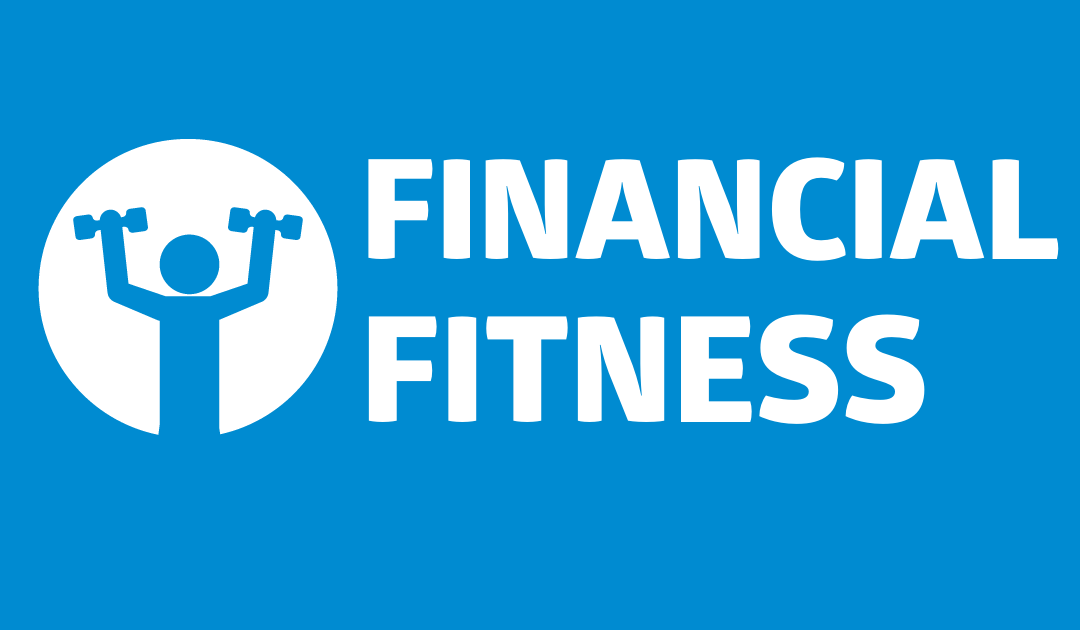By Charlestien Harris
The possibility of losing a home because of the pandemic or any unforeseen circumstance is frightening and can devastate the dream of homeownership. Just knowing there are viable home retention solutions that can help homeowners struggling to make mortgage payments can ease that stress and tension.
Having options and understanding how they apply to a looming default can greatly affect the decision making process when it comes to deciding whether to stay in a home or opt for other loss mitigation solutions such as a short sale, deed in lieu or even foreclosure.
The CARES Act enacted by congress earlier this year provides such relief for those homeowners that have government backed mortgages. The COVID-19 Owner-Occupant Loan Modification is another option that is available for loan servicers to consider when dealing with a homeowner that has missed mortgage payments.
For the borrower that does not qualify for a COVID-19 Standalone Partial Claim (discussed last week), the servicer must review the borrower for a COVID-19 Owner-Occupant Loan Modification. This loss mitigation option modifies the rate and term of the mortgage at the end of a COVID-19 forbearance period.
The servicer must confirm that the borrower was current or less than 30 days past due as of March 1, 2020; the borrower indicated they have the ability to make the modified mortgage payment and the property is owner-occupied. The main terms of the COVID-19 Owner-Occupant Loan Modification are as follows:
a) All accumulated late charges, fees and penalties must be waived.
b) Only arrearages for unpaid accrued interest and servicer advances for escrowed items may be capitalized.
c) The COVID-19 Owner-Occupant Loan Modification must fully reinstate the mortgage.
Other terms are that the modified mortgage, including adjustable rate mortgage loans, graduated payment mortgage loans, and growing equity mortgage loans, must be a fixed rate mortgage. The interest rate must be no more than the *market rate, as defined by HUD. The term for the modified mortgage is 360 months or less, if requested by the borrower. The principal and interest payment may not increase unless the borrower has exhausted the 30% maximum statutory value of all partial claims for an FHA insured mortgage.
The FHA insured mortgage must remain in a first lien position and be legally enforceable, and the borrower may receive only one permanent COVID-19 Home Retention Option.
As a HUD Certified Housing Counselor, I have the ability and knowledge to help homeowners gain access to the facts and resources that can help them understand the process of loss mitigation and the options that are available for them. If you need assistance, call me at 662-624-5776 or email me at Charlestien.harris@southernpartners.org. You can also access additional information about this and other loss mitigation options at www.hud.gov. Until next week, stay financially fit!
*HUD defines the “market rate” as a rate that is no more than 25 basis points greater than the most recent Freddie Mac Weekly Primary Mortgage Market Survey (PMMS) Rate for 30-year fixed-rate conforming mortgages (U.S. average), rounded to the nearest one-eighth of 1 percent (0.125 percent), as of the date the loan modification is approved. This information is for educational purposes only.

